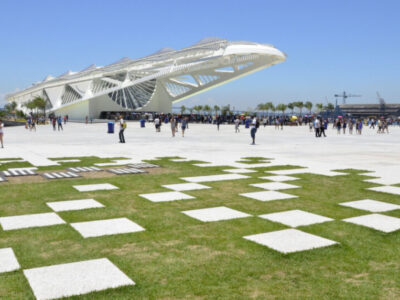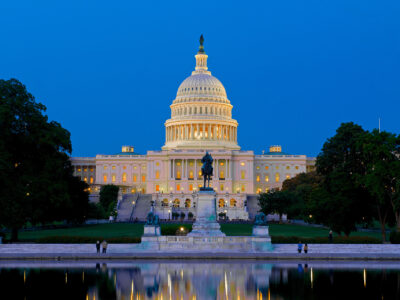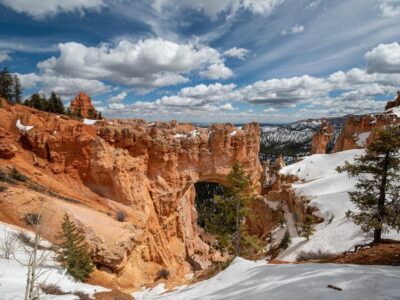While Samba originated in the slums of Rio de Janeiro at the end of the 19th century, the annual carnival in the city has given it a new identity across the world.
Thinking of Brazil, one instinctively imagines the famous carnival at Rio de Janeiro with its float-filled parade. And the heartbeat of the carnival lies in the various Samba schools that take part in the carnival. Samba, the primary attraction of the carnival and one of the symbols of Brazil, was born in Rio at the end of the 19th century. The music and the dance that is now attuned in the urban style was actually developed in the slums of Rio de Janeiro. With its rich and voluptuous beats and moves, Samba has found popularity around the globe and has become synonymous with the identity of Brazil.
It has its roots in the old and popular style of music called lundu and jango derived from Afro-Brazilian music and dance in the state of Bahia, located on the Atlantic coast in eastern Brazil. Samba’s origins lie in dance form called ‘semba’ that meants an invitation to dance. It got shaped in the extremely rundown neighbourhoods of Cidade Nova, Praça XI and Central do Brasil in Rio de Janeiro in the late 19th and early 20th century, where the earliest Samba gathering belonged to a group of black women from Bahia, popularly known as “Tias Baianas” or the aunts from Bahia. These were the descendants of the black slaves, primarily living in Bahia. The neighbourhood soon found a new name in “Pequena Africa”(Little Africa). In its basic form that is known as samba de morro, samba music is a verse sung by a solo singer followed by a chorus.

(Top) The iconic Christ the Redeemer statue in Rio de Janeiro; rest are the glimpses from the Rio Carnival; Brazilian Samba dancers and people parading through the streets, can be seen
It is, therefore, mandatory for all the samba schools in Rio de Janeiro to have a section of old, black women dressed in white and lace fitted apparels during the carnival as a part of the tribute. This forms for the only constant section of the carnival which is otherwise popular for imbibing colourful and imaginative themes and outfits. Additionally, the famous stadium of Sambódromo Darcy Ribeiro in Rio de Jaeiro is quite aptly situated in the middle of Pequena Africa.
Popularised by carnival
While it was developed in the slums, the rhythm, beats and the moves soon reached the affluent classes in the urban areas who embraced it graciously. It was soon that they were incorporated into the middle-class carnival, although the beats were mellowed down to suit the values and the values of the middle class. While the slum composers enjoyed their anonymity until now, with the middle class embracing samba, a few composers got popular. In 1917, Pelo Telefone became the first samba to be ever recorded. With the advent of the radio in the 1920s, samba evolved in a more tidy and Europeanised version, emphasising on the melody and the song instead of its signature rhythm and percussion.
While samba lies in the hearts of Brazilians in their day-to-day lives, it is the carnival that presented its new face to the world. The annual carnival is held in Rio de Janeiro in February for five days between Friday (51 days before Easter) and Ash Wednesday, marking the beginning of Lent. Today, the carnival pits the city’s 12 best samba schools against one another in ornate parades with over 2,500 participants each that cost more than USD 3 million (INR 195 million). Although the efforts are judged in 10 categories and announced later in the week, the winner gets nothing more than a year round worth of bragging rights. Each Samba school is responsible to choose its own theme that traditionally revolves around the historical, cultural or political scenarios with elaborate costumes, headgears and full body makeup making them unique. The floats or vehicles that are decorated to correspond to the theme, music and dance add to their expression. Led by a ‘dancing queen’ adorned with gems, body paint and elaborate wings to match the theme of the samba school, the parades are followed by thousands of revellers on the street. Samba schools are worth a visit during the pre-carnival rehearsals that begins in August and generally goes on until the final week just before the Parade.























